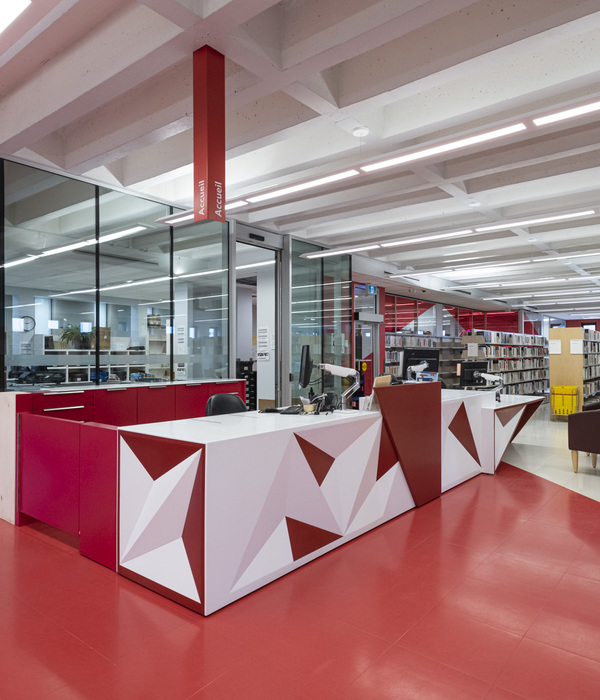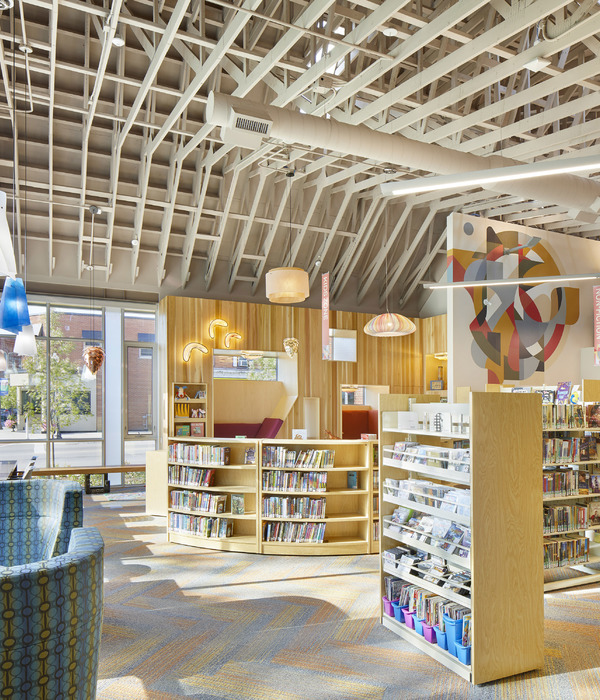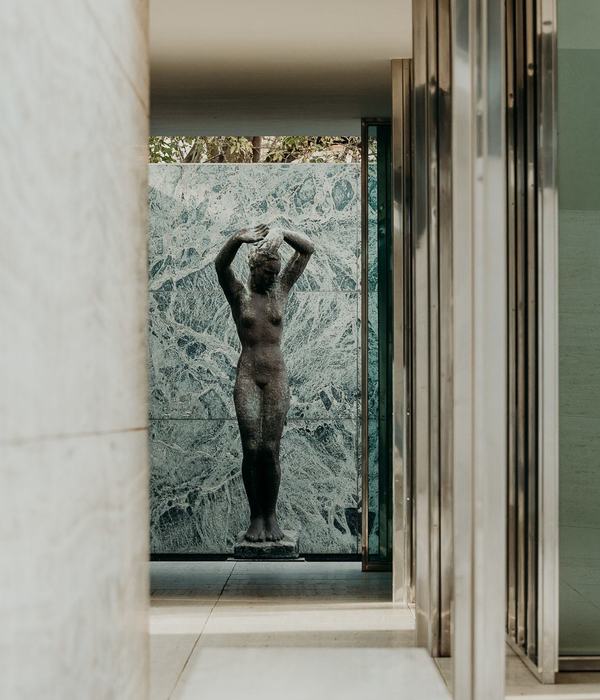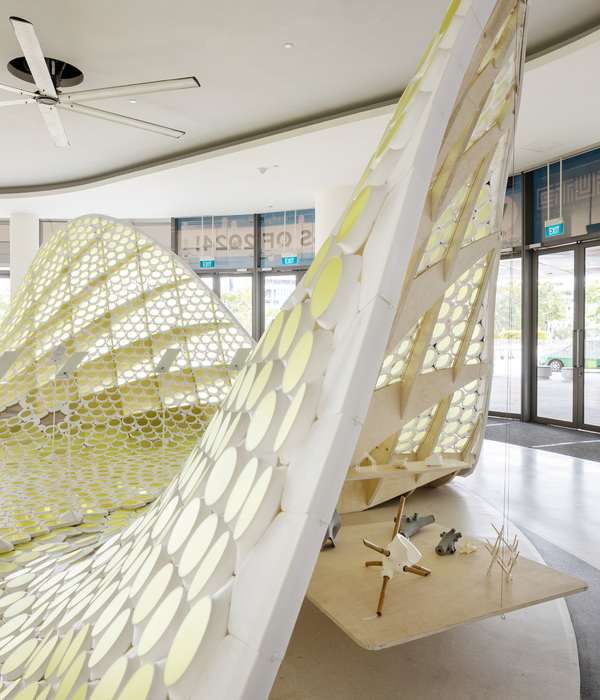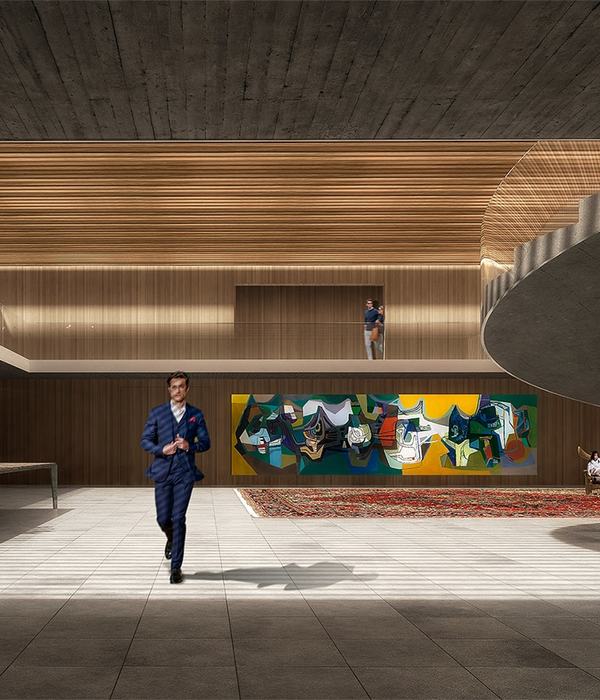location: Chetian Village - Guizhou - China
completion: July 2015
building type: masonry structure
building area: 715sqm
HAOBO WEI, JINGSONG XIE
MINGHUA OU, YUANPING LI, XIAOQIANG YANG, HONGBO SHI
Martina Muratori
JINDA ZHENG, PENGFEI YE, DANJING ZHONG
Jingsong Xie, Haobo Wei
West-line studio
The cultural center is located in the rural Chetian Village (车田村), 30km from Guiyang, the capital of Guizhou province, in South-West China. The village has more than 400 years of history and is famous for its 'stone houses' built with local materials. 41 families, out of the 207 living in the village, belong to the Miao (苗) ethnic minority, one of the oldest minority groups in China, most of whom live in Guizhou province. The square outside the cultural center, surrounded by the river, is often used as a stage for local Miao dance and drama performances.
The architecture of the cultural center is strongly characterizedby 40cm thick walls, built according to the local traditional methods, using the stone coming from the village's pit. The stone has a very unique blue shade, which is why it is commonly called'blue stone'. It comes from sedimentary rocks and its major components are limestone and dolomite. The strong and obsessivepresence of the stone creates an intimate interior space and shows the architects' deep respect for the historical masonry traditions of Chetian Village.
The whole project has been supported by government investments and the construction team was directed by the head of the village. During the three years of construction three village heads succeed one another, and together with them different construction and extraction techniques.
The local traditional ones unfortunately got lost during the passing of years. Designers had to develop a new system, studying the existing stone houses of the village in order to preserve has much as they could the traditional masonry methods, together with more modern construction technologies.
Furthermore, every village head and his team had a different approach and different techniques themselves, starting from material’s extraction from the village’s pit, to the cutting until the final posing.
Each and every stone keeps the memory of its construction process and of the different hands of those have shaped it.
Each and every stone shows the trials and the mistakes, which deliberately become an active part of the architecture.
Each and every stone takes on sociological significance in the process of understanding the life and culture of South-West China stone villages.
{{item.text_origin}}

